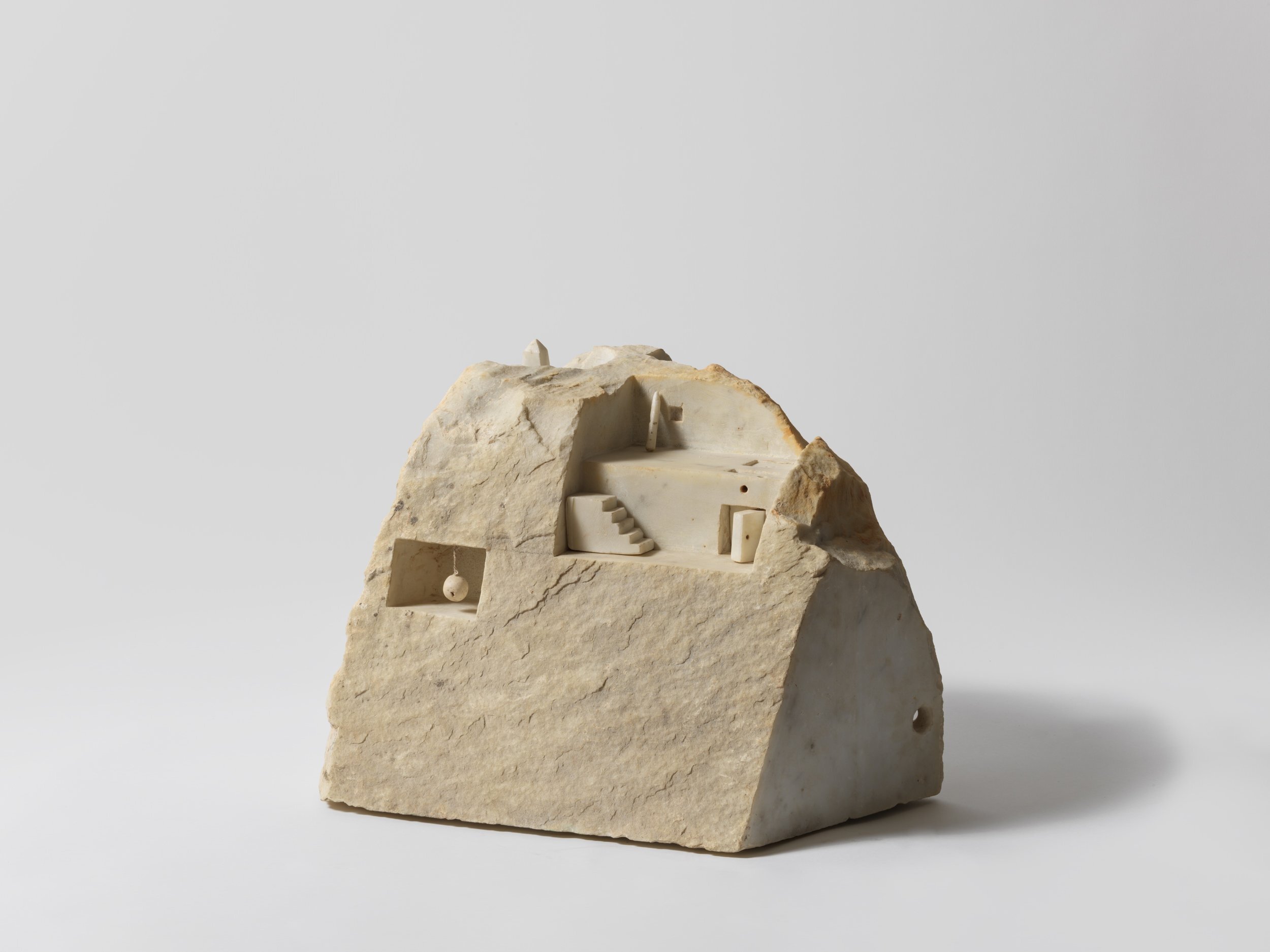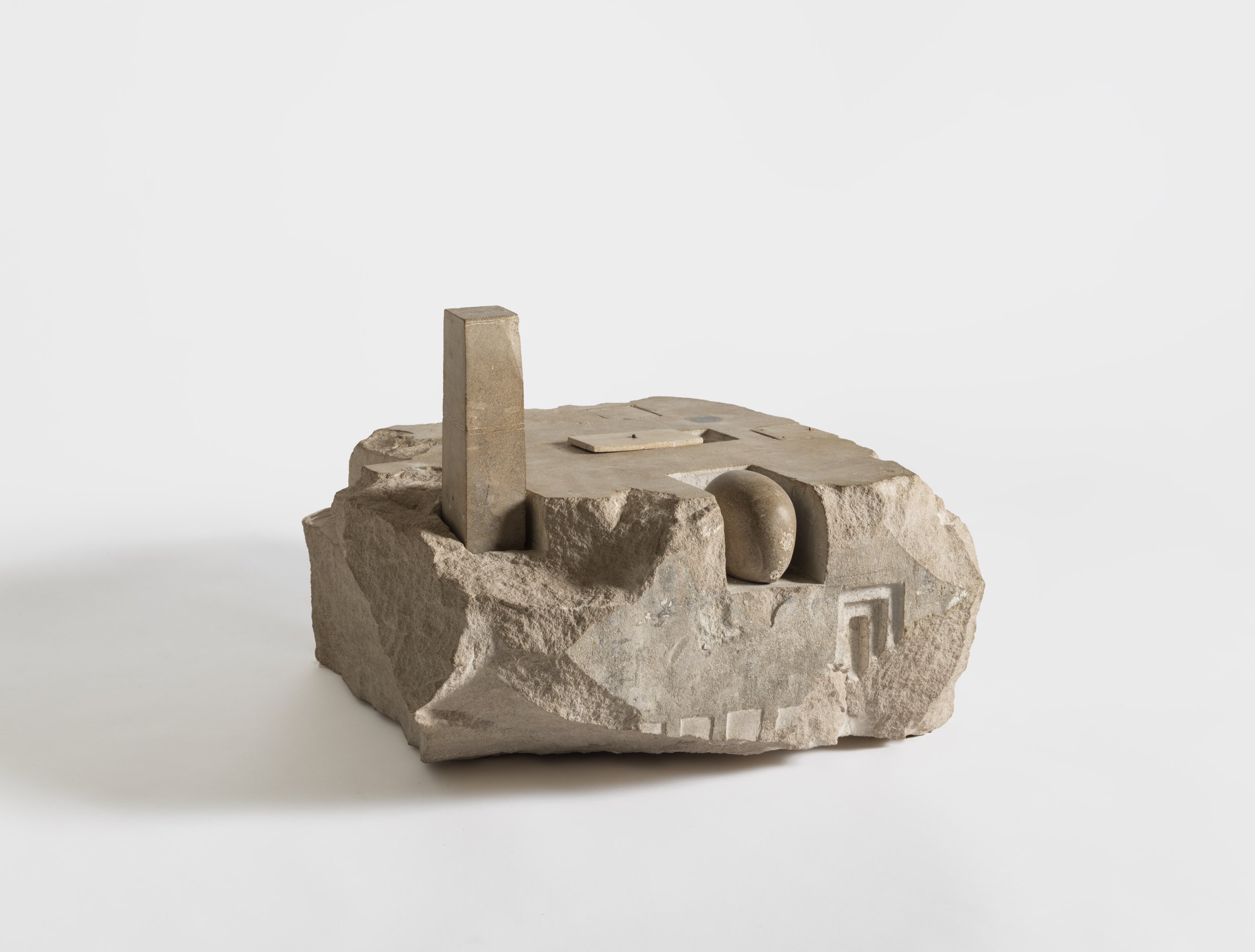Exploring the Sculptural Works of Gonzalo Fonesca
Gonzalo Fonseca (1922-1997 ) understood sculpture as a microcosmic way to engage civilization and weave together past and future. He often worked with found stone; considered nature, time, and chance his collaborators; and believed in the universal and transformative power of play. Fonseca was a Modernist, who integrated the forms and magical imagination that he encountered in his extensive travel and reading into his work.
The Uruguayan-born Fonseca entered university as an architecture student, but left early to join the studio of his brilliant countryman, the painter and theorist Joaquín Torres-García (1874–1949 ), to which he remained connected for approximately ten years. In 1949 he left Uruguay for extended travels to Egypt and the Middle East and lived in Paris, Rome and Madrid.
In 1958, he moved to New York City, with his wife, where he would be based for the next forty years – raising a family that would come to include four children. Reliefs in wood and concrete as well as mosaics mark this transitional period. Between 1965 and 1970, Fonseca made a number of large-scale public works, including a playground, underpass, and monument in Reston, Virginia; an experimental play structure for a park in the Bronx, New York; and a monumental concrete tower for the 1968 Mexico City Olympics.
Fonseca would divide the remainder of his life between a fifth floor studio on Great Jones Street in Manhattan and a hilltop studio in Italy among the quarries and stone-working communities around Monte Altissimo (one of Michelangelo’s marble mountains). Fonseca carved his stones himself, without the aid of assistants. He possessed a deep understanding of the global social history of art, and gathered experience from around the world with the intent of synthesizing it into a new and highly personal mission for sculpture. He resisted the narrower tracks of mid-twentieth century modernist sculpture, instead dedicating himself to expanding its landscape.
A superb draftsman, Fonseca executed myriad large-scale drawings and infinite notebooks sketches ~ in which he expanded with playful fantasy the potential contexts for his stones. He had a number of scholarly hobbies, one of which was illustrating books by authors including Jorge Luis Borges, Thomas Mann, Rainer Maria Rilke, and Michel de Montaigne.
Today, we explore some of his prominent sculptural works, courtesy of The Gonzalo Fonseca Foundation.
Ovo
Carrara Marble
Self Portrait
Limestone
Untitled (White marble)
White Marble
House of the Pendulum
Sienna Marble
Haut Lieu VI
Limestone
Digwemus
Roman Travertine
Circulo
Brownstone
04 - 10 - 20







